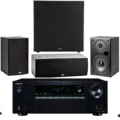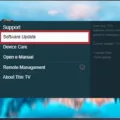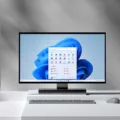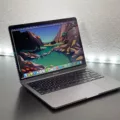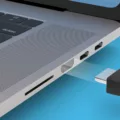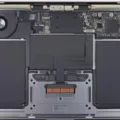Have you ever encountered distorted audio on your Mac? If so, you know how frustrating it can be to try and troubleshoot the issue. Distorted audio can be caused by a variety of different things, ranging from simple human errors to faulty equipment. In this blog post, we’ll walk through some of the most common causes of distorted audio and offer some tips on how to fix the issue.
First, let’s talk about the most common cause of distorted audio—human error. This includes things like improper level settings, misaligning microphones, recording too loud, and more. To fix this issue, first, check your sound settings and make sure everything is set correctly. Click Sound in your System Preferences and then select the Output tab. Make sure that built-in speaker are selected as the output device and that the Output slider is set to an appropriate level.
Next, let’s talk about noise interference or faulty equipment. Noise interference can come from things like radio-frequency (RF) interference or even rumbles from nearby construction sites. To combat this type of distortion, try moving any RF-emitting devices away from your Mac and if necessary invest in some sound-dampening materials for your recording space. Additionally, if you suspect that faulty equipment is causing the distortion make sure to check all of your cables and external sound devices for faults or wear and tear.
Another potential cause of distorted audio may come from pre-release software if you are part of Apple’s Beta Software Program. To fix this issue simply revert back to a non-Beta version of the software you’re using for audio production and see if that resolves the distortion problem.
Finally, if you experience distorted audio only when using one specific app then make sure that it is up to date as out-of-date software can often cause issues with sound quality as well as other features within an app or program.
If none of these suggestions work then it may be time to contact Apple Support for further assistance with resolving your distorted audio issue on Mac OS X.
We hope this blog post gave you some insight into why your Mac might be experiencing distortion issues as well as a few helpful tips on how to fix them!
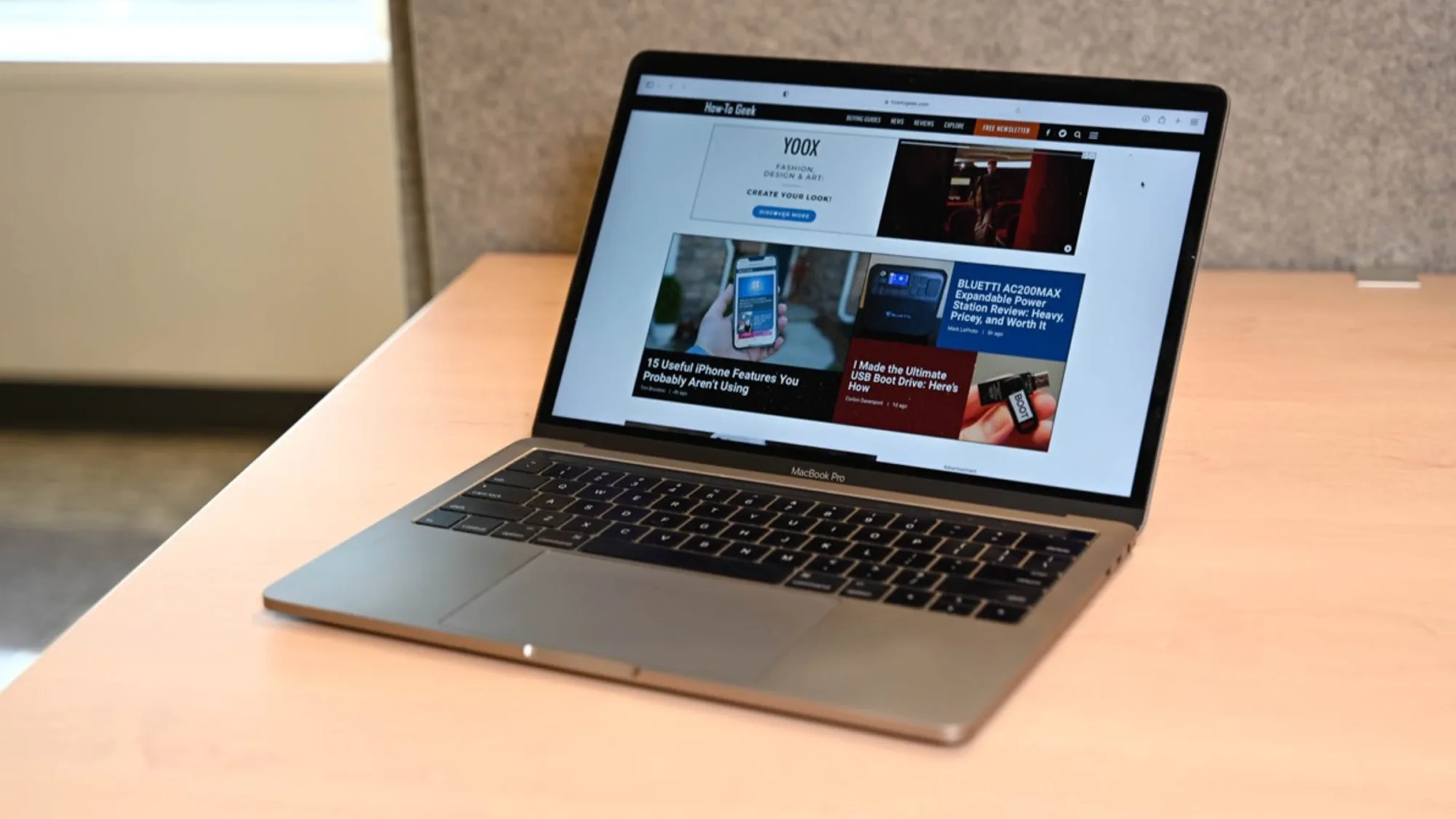
Troubleshooting Sound Issues on Mac
It is possible that the sound settings on your Mac are not configured correctly. To check the sound settings, go to the Sound section of System Preferences, then click on the Output tab. Make sure that built-in speaker are selected as the output device. If you do not see built-in speakers as an option in the Output window, contact Apple Support for help. Additionally, if the Output volume slider is set too low, move it to a higher position and test again.
Troubleshooting Crackly Mac Speakers
The most common reason for crackly speakers on a Mac is due to outdated software. It is important to keep the operating system and any applications you use regularly up-to-date in order to ensure the best performance. If you are part of the Apple Beta Software Program, it’s possible that pre-release software can also cause this issue, so try reverting to a non-Beta version. Additionally, if the crackling only happens in one specific app, then check for updates for that particular app. Finally, if there are any loose wires or connections related to your speakers, make sure they are secured properly.
Troubleshooting Muffled Audio on a Mac
If your Mac audio is muffled, it is likely due to a problem with the sound settings. In this case, the best thing to do is to go into the System Preferences and check the Sound settings. Look for the Output tab and make sure that you have selected Internal Speakers as your sound device. It may also help to check that your volume is set at an appropriate level, as having it too low can cause muffled audio. If these steps don’t fix the issue, then it may be a hardware issue and you should consider taking your Mac in for service.
Are My Mac Speakers Blown?
It’s possible to test your Mac speakers to determine if they are blown. To do this, go to System Preferences -> Sound -> Output tab. Then move the balance slider back and forth between the right and left speakers. If one of the speakers sounds clear while the other has a rattling or distorted sound, then it may indicate that one of the speakers is blown. It’s also possible that there is another issue causing this sound, such as a faulty cable or setting, so be sure to check those first before assuming the speaker is blown.
Fixing Muffled Sound on a Macbook Pro
To fix muffled sound on your Macbook Pro, you will need to do the following:
1. Restart your MacBook Pro. This will reset the audio settings and possibly resolve any audio issues you are experiencing.
2. Plug in a pair of headphones and then unplug them to reset the audio settings as well.
3. Open ‘Audio MIDI Setup’ by typing ‘midi’ in Spotlight and change the output frequency (Hz) of the Internal Speakers to a higher value than what it is set at currently.
4. Go into Terminal or Activity Monitor and kill the core audio process, then restart it again. This should also reset any audio settings causing muffled sounds on your Macbook Pro.
The Causes of Distorted Audio on Laptops
If your laptop audio is distorted, it could be due to a number of things. The most likely causes are incorrect settings, outdated or incompatible audio drivers, faulty hardware, or even damage to the sound card. To troubleshoot the issue, start by checking your volume settings and making sure they’re not set too high. If that doesn’t fix it, try updating your audio drivers and making sure they’re compatible with your current version of Windows. If that still doesn’t work, take a look at the sound card to see if there’s any physical damage that could be causing the distortion.
Conclusion
In conclusion, Mac audio distortion can be caused by a variety of factors such as improper level settings, misaligning microphones, recording too loud, noise, RF interference, rumbles, and faulty equipment. While it is not always easy to make audio sound immaculate after distortion, there are several steps you can take to try and fix the issue. These include checking your sound settings and ensuring that the output volume slider is set correctly, reverting to a non-beta version of your software if you are part of the Apple Beta Software Program, and checking for updates for specific apps if the distortion is only occurring in one app.

